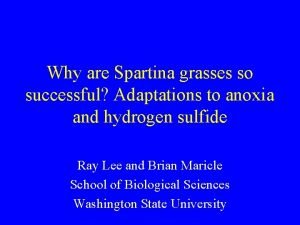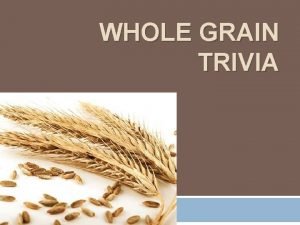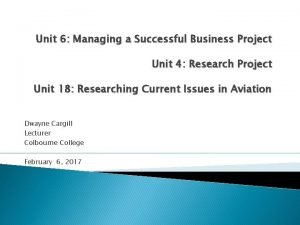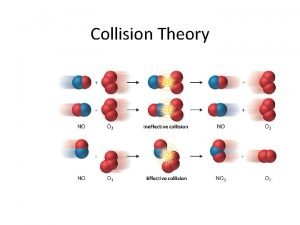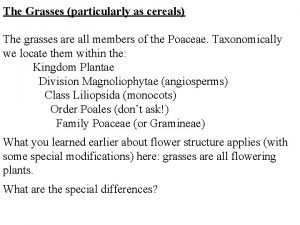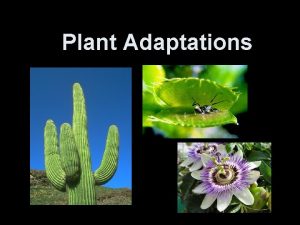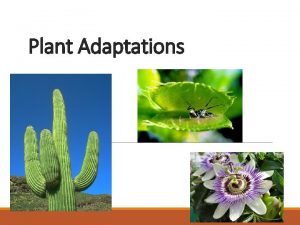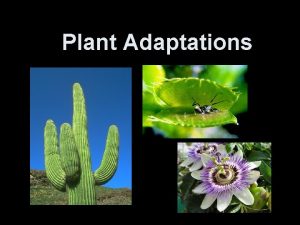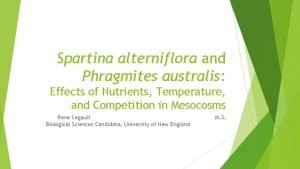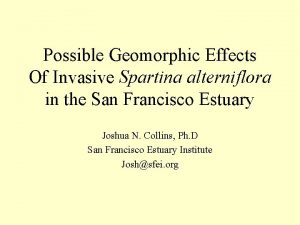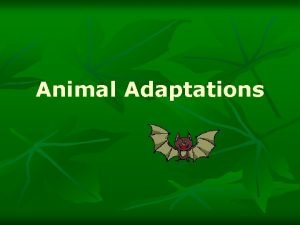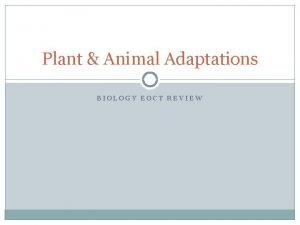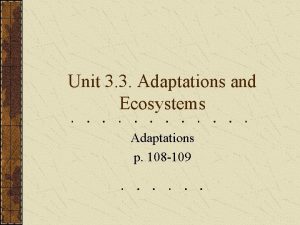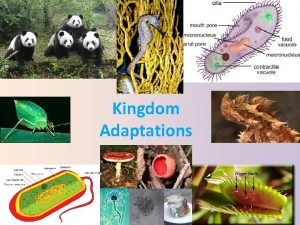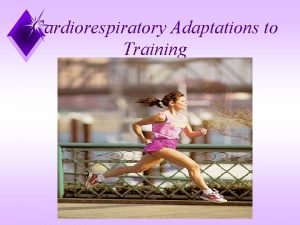Why are Spartina grasses so successful Adaptations to





























- Slides: 29

Why are Spartina grasses so successful? Adaptations to anoxia and hydrogen sulfide Ray Lee and Brian Maricle School of Biological Sciences Washington State University

Spartina alterniflora and Spartina anglica • Saltmarsh grasses native to the Eastern U. S. (S. alterniflora) and British Isles (S. anglica). • Invasive species in Puget Sound and Willapa Bay in Washington State.

Why are physiological studies of Spartina relevant? • Physiological processes are the link between environment and performance Challenges opportunities Environment Metabolic Structural adaptations Physiological processes Growth reproduction Performance

Spartina are physiologically resilient and vigorous • Physiological tolerance – Wide range of salinities – Waterlogged soils • Anoxia • Hydrogen sulfide

Distribution of hydrogen sulfide in sediments Oxidized zone No hydrogen sulfide Anoxic zone Hydrogen sulfide-rich

Sulfide is a potent toxin to aerobic respiration • µM levels inhibit mitochondrial cytochrome c oxidase • Sulfide binds to hemoglobin forming sulfhemoglobin • Sulfide spontaneously reacts with oxygen producing hypoxic/anoxic conditions • Can be used as an energy source by sulfideoxidizing bacteria

Chemoautotrophic symbiosis • An adaptation to exploit sulfide-rich environments

Tolerating anoxic sediments • Aerenchyma • Anaerobic metabolism – Alcohol dehydrogenase • Sulfide oxidation Spartina anglica root

Functions of aerenchyma • Oxygen transport • Reduce cellular oxygen demands

Root Ultrastructure 1 cm from root tip 2 cm from root tip

Root Ultrastructure 4 cm from root tip 6 cm from root tip

Root Ultrastructure 8 cm from root tip 10 cm from root tip

The difference in root structure between treatments of Spartina alterniflora

A comparison of root structure between treatments of Spartina anglica

S. anglica respirometry experiments • Use automated flowthrough respirometry system • Investigate oxygen transport

Flow-through respirometry

Root - high O 2 uptake O 2 Root surface O 2 mitochondria High oxygen consumption and/or low aerenchyma supply

Root - low O 2 uptake O 2 Root surface O 2 O 2 mitochondria Low oxygen consumption and/or high aerenchyma supply


Oxygen transport is more effective in S. anglica compared with S. alterniflora

Checking for oxygen transport • A plant can be sealed into a flask of N 2 flushed water. • An oxygen-sensing probe can be used to monitor the water--any increase in O 2 must have come through the plant.

Differences in oxygen transport between species Negative fluxes=uptake; positive fluxes=release; n=9, 11, 9, 9

Sulfide volatilization H 2 S Root surface H 2 S mitochondria Occurs in S. anglica but not S. alterniflora

Conclusions • Function of increased aerenchyma appears to be to reduce oxygen demands NOT increase oxygen transport • S. anglica has a highly effective oxygen AND sulfide transport system

Questions • Can S. anglica grow better than S. alterniflora in anoxic/sulfidic conditions? • Can sulfide levels ever be so high that plants cannot deal with it? • What is the relationship between sulfide levels and effectiveness of eradication efforts?

Acknowledgements • • • J. Doeller and D. Kraus (UAB) S. Hacker (WSU Vancouver) Kim Patten (WSU Long Beach) Miranda Wecker NSF, NOAA, WSU faculty seed grant


Sox mechanism H 2 S Enzyme or Metal catalyst Root surface O 2 O 2 mitochondria SOx

Spartina alterniflora roots catalyze the oxygenation of sulfide
 Spartina adaptations
Spartina adaptations Insidan region jh
Insidan region jh Hey hey bye bye
Hey hey bye bye Why is starbucks so successful
Why is starbucks so successful Why was rome so successful
Why was rome so successful Why does dr. nemur want the experiment to be successful?
Why does dr. nemur want the experiment to be successful? Why were sit-ins often a successful tactic?
Why were sit-ins often a successful tactic? Why were the mongols so successful
Why were the mongols so successful Panicoid grasses
Panicoid grasses Chapter 6 biomes section 1 what is a biome
Chapter 6 biomes section 1 what is a biome Marine ecosystem dominated by marsh grasses
Marine ecosystem dominated by marsh grasses Bread is made of wheat true or false
Bread is made of wheat true or false Flowers of grasses are
Flowers of grasses are Grass inflorescence
Grass inflorescence Dont ask why why why
Dont ask why why why Unit 6 managing a successful business project
Unit 6 managing a successful business project Managing a successful business project assignment
Managing a successful business project assignment Unit 6 managing a successful business project
Unit 6 managing a successful business project The secrets of successful strategy execution
The secrets of successful strategy execution What are job aids servsafe
What are job aids servsafe Saddle thrombus prevention
Saddle thrombus prevention What was the first successful english colony in america
What was the first successful english colony in america Factors that facilitate successful integrative negotiation
Factors that facilitate successful integrative negotiation What makes communication successful
What makes communication successful What makes communication successful
What makes communication successful What makes communication successful
What makes communication successful Necessary for successful collisions to occur
Necessary for successful collisions to occur What are the ten essentials of a successful ffa chapter?
What are the ten essentials of a successful ffa chapter? Netflix positioning map
Netflix positioning map Foundationsu.com disc
Foundationsu.com disc
